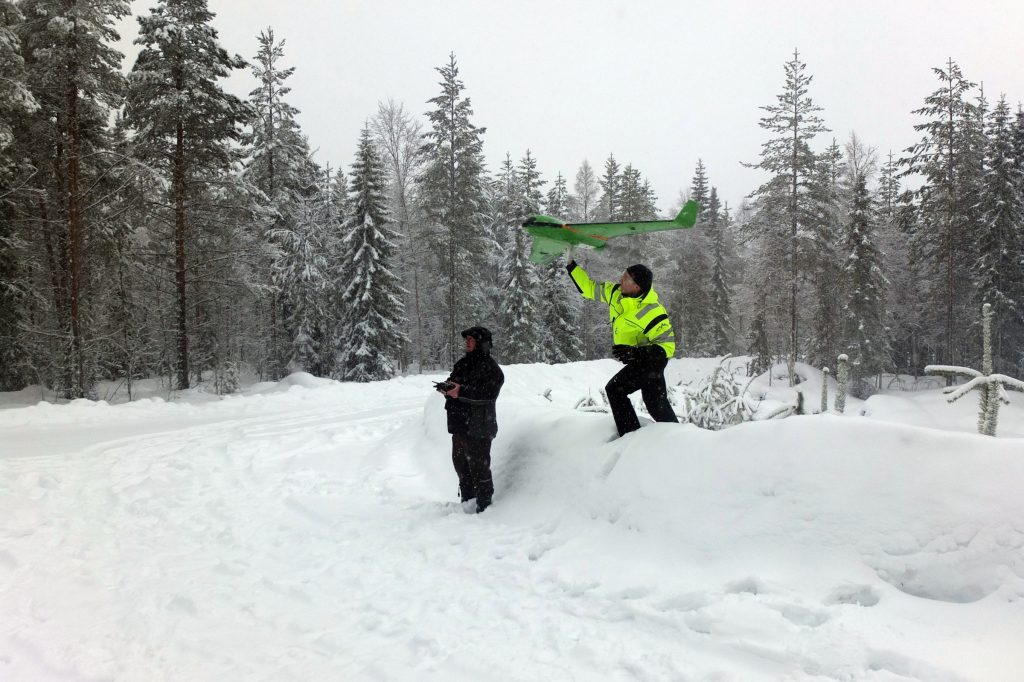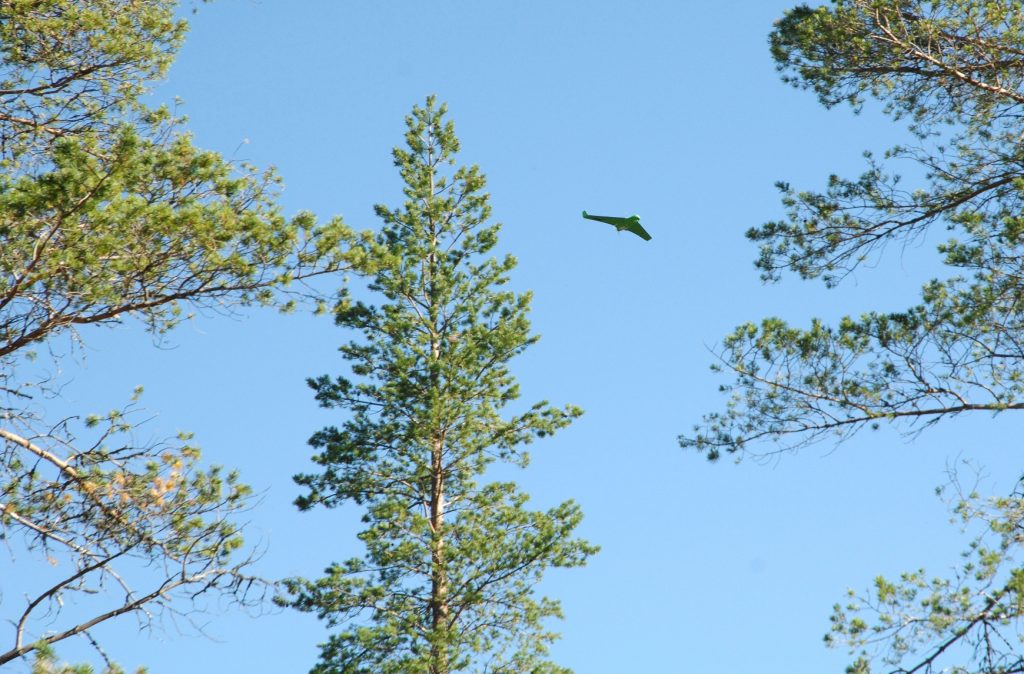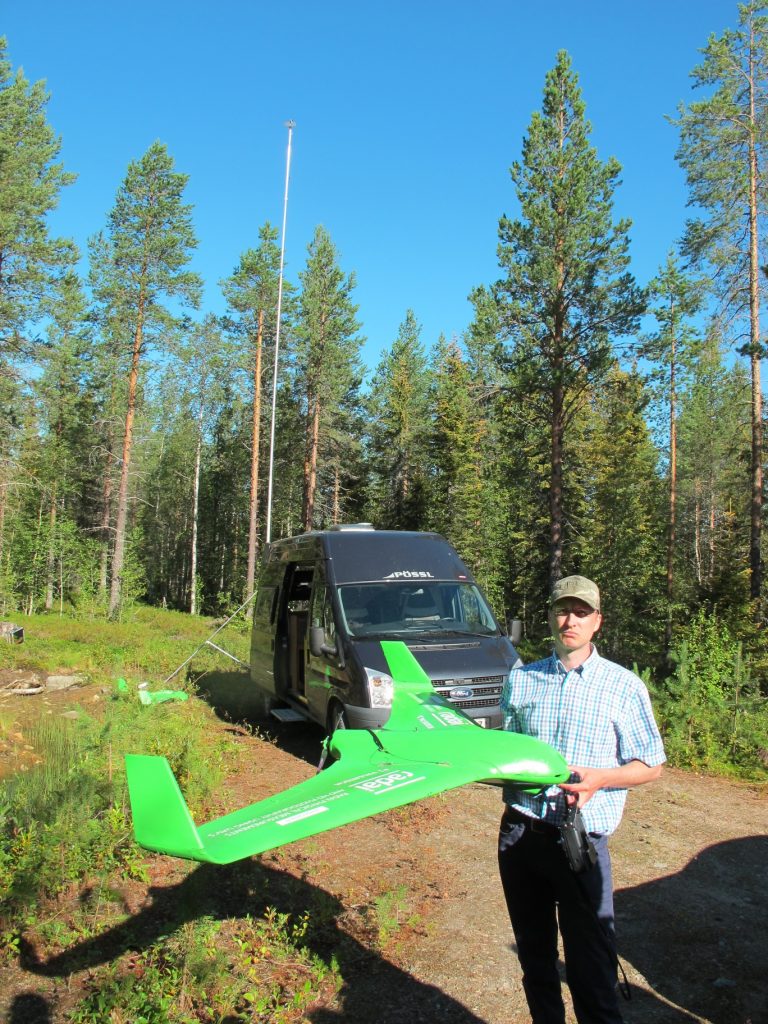
Exploration
Finland has great mineral potential and despite the good coverage of geological data the country is still unexplored. Finland has exceptional good potential for nickel, platinum group elements and gold.
Globally the exploration expenditures (pdf) has declined dramatically along the depression in the industry. Additionally the mineral occurrences are deeper or they are within nature reservation areas where even exploration is restricted and has to be done with sensitive methods. In the programme new geoghemical exploration methods have been developed utilizing snow, bark, peat and various species of plants as sampling media. Carefully planned and implemented sampling followed by analysis with modern analytical technologies can reveal indications for new mineralizations, read more.
Finland has been one of the pioneers in airborne geophysics and the country is totally covered with low altitude (30 m) and with 50-200 meter line spacing magnetic, radiometric and electromagnetic measurements. However there are need for more detailed geophysical studies. As an alternative to ground geophysical measurements is to use light unmanned aerial vehicles (UAV) equipped with geophysical instruments, read more.
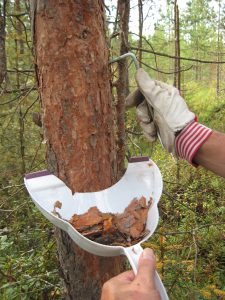
Example cases
UltraLIM
Soil, plant and snow geochemistry revealed the underlying Juomasuo Au-Co deposit in Kuusamo
Read moreUltraLIM
In the project ‘Ultra low-impact exploration methods in the subarctic’, the applicability of eleven combinations of selective dissolutions and analytical techniques of soil samples collected from the top soils horizons (10-50 cm), four plant species, and snow were analysed for the purposes of target scale mineral exploration. The work was conducted on previously discovered mineralizations. One of the test sites was the hydrothermal Juomasuo Au-Co deposit in Kuusamo, southeast Finnish Lapland, owned by Dragon Mining. Au and Co mineralized zones occur at subcrop but also down to the depth of 350 m within a larger zone of sulphidised and sheared rocks (Fig. 1). Dragon Mining estimates the mineral resources for gold as 1,955,000 tonnes and for cobalt totaling 3,084,000 tonnes. The deposit is also enriched by Cu, Bi, Mo, Ni, REEs, Sc, Te, U and W. A 1.3-km-long sampling transect with 20 m sample spacing was located on top of the well drilled and 3D modeled part of the mineralized zone and sampled on two consequent years in 2013-2015. The mineralization is covered by the 2−5-m-thick glacial sediments.
Soil sampling was fast to conduct in the area although the well decomposed organic layer was partly lacking. Ionic leach, Mobile Metal Ion (MMI-M) and Soil Gas Hydrocarbon (SGH) of the top mineral soil horizons and aqua regia of unweathered soil showed positive anomaly patterns. In addition, modified aqua regia leach of the well decomposed organic layer worked well in year 2014. Bioleach, enzyme leach and ammonium acetate leach of the mineral soil often produced negative anomaly patterns on top of the know mineralizations. Anomalies were produced of several main commodity elements such as Co, Cu, Nd and U and pathfinder elements but only ionic leach and MMI-M produced strong Au anomalies.
Intensive forest management restricted the plant sampling to common angiosperms: crowberry, Labrador tea, blueberry and common juniper. We found clear enrichment of the commodity elements, Au and Co along with As, Bi, REEs and Ni in the vascular plant organs over the subcropping lodes and deeper mineralizations (depth <200m, Fig. 2). Typical to plants, minor and trace elements of plant such as Nd (Fig. 2a), Ag, W, Th (Fig. 2b) and U had even stronger anomaly responses over the mineralized lodes. The element concentrations in the evergreens were less seasonally controlled and could be therefore recommended as sampling media.
Snow sampling at the base of the snowpack is fast but contamination has to be avoided by a specialized sampling technique. The Soil Gas Hydrocarbon results of snow samples showed a weak response of the deeply buried lodes (150-200 m) in the 2014 sampling and subcropping lodes in the 2015 sampling. In addition the single-collector high-resolution ICP-MS results for snow element concentrations showed anomalies of Cu and U and a number of pathfinder elements but not Au and Co.
In conclusion, the Juomasuo Au-Co deposit was revealed by all sampling media because the lithogeochemical contrast to the surrounding geology is strong. However, the surface geochemical data is noisy and anomaly patterns and location of the strongest anomalies vary by sampling media and element. In the Juomasuo case however, the anomalies can be observed with a high number of elements which increases the confidence of the anomaly detection. The study shows that the presence of mineralized lodes can be detected but the depth estimation is not possible. For these reasons, experience is required in interpreting the surface geochemical data for exploration of undiscovered mineralizations.
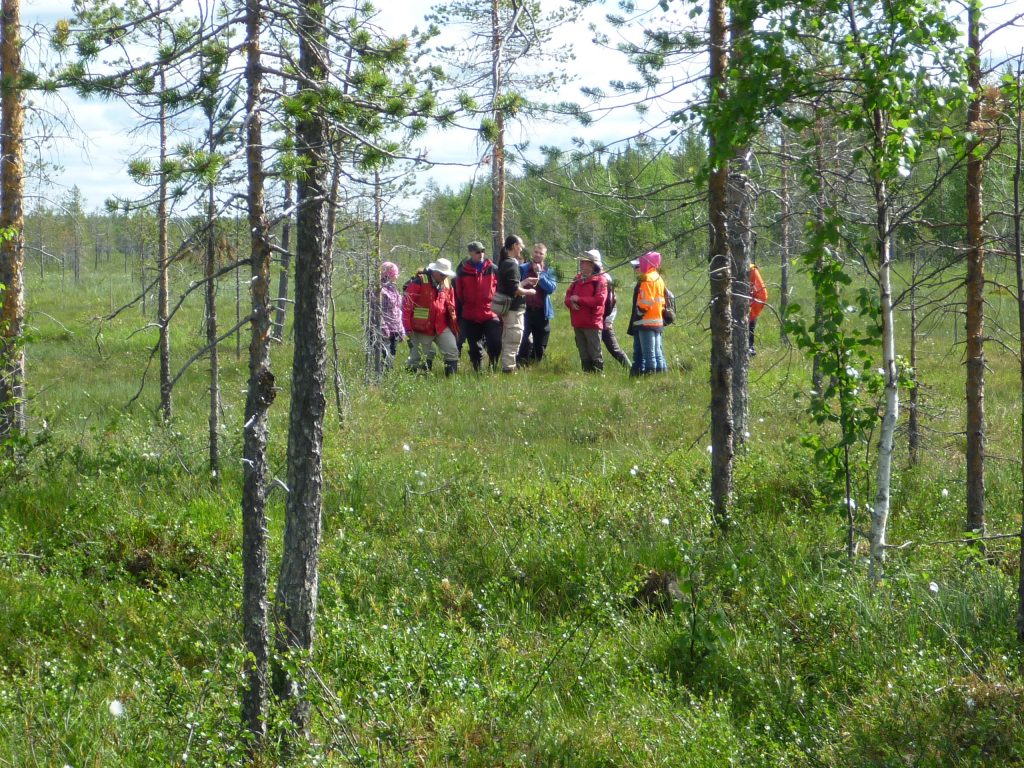
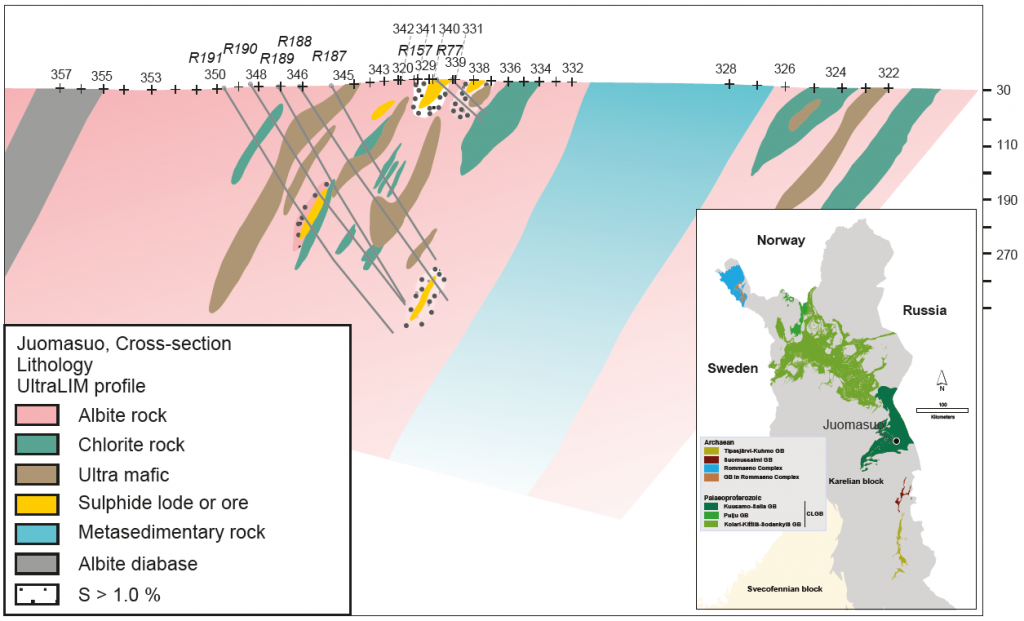
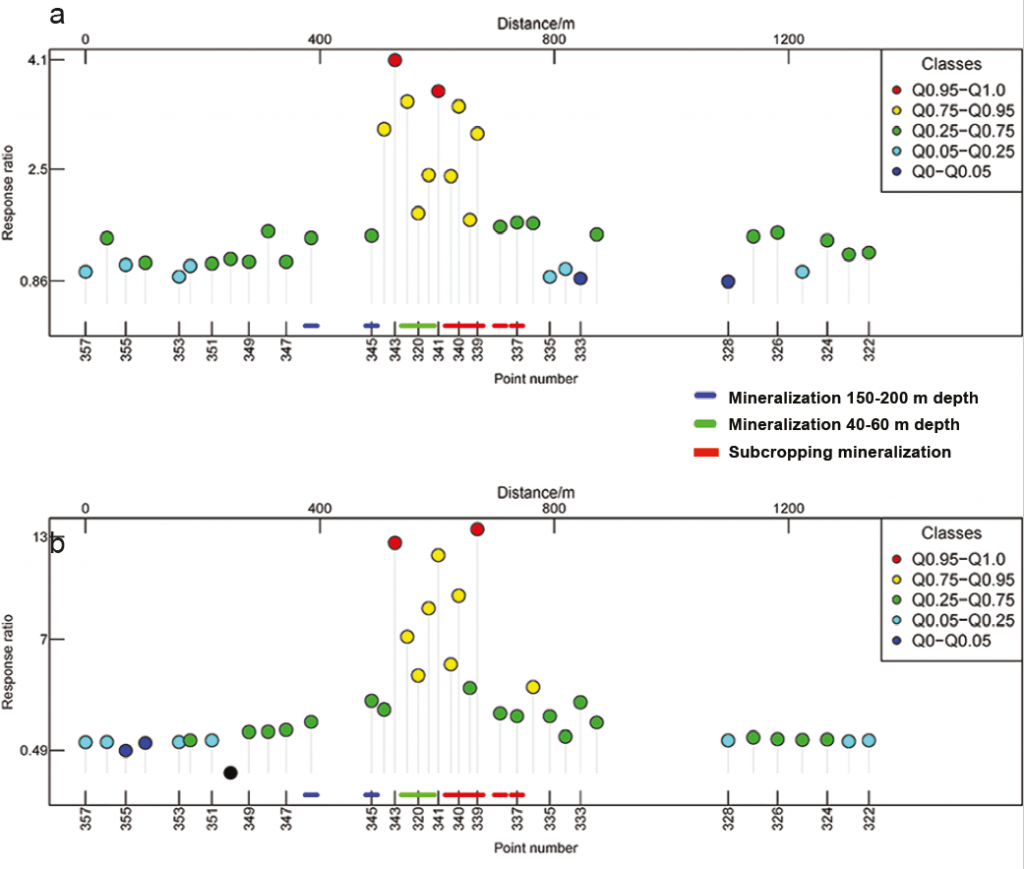
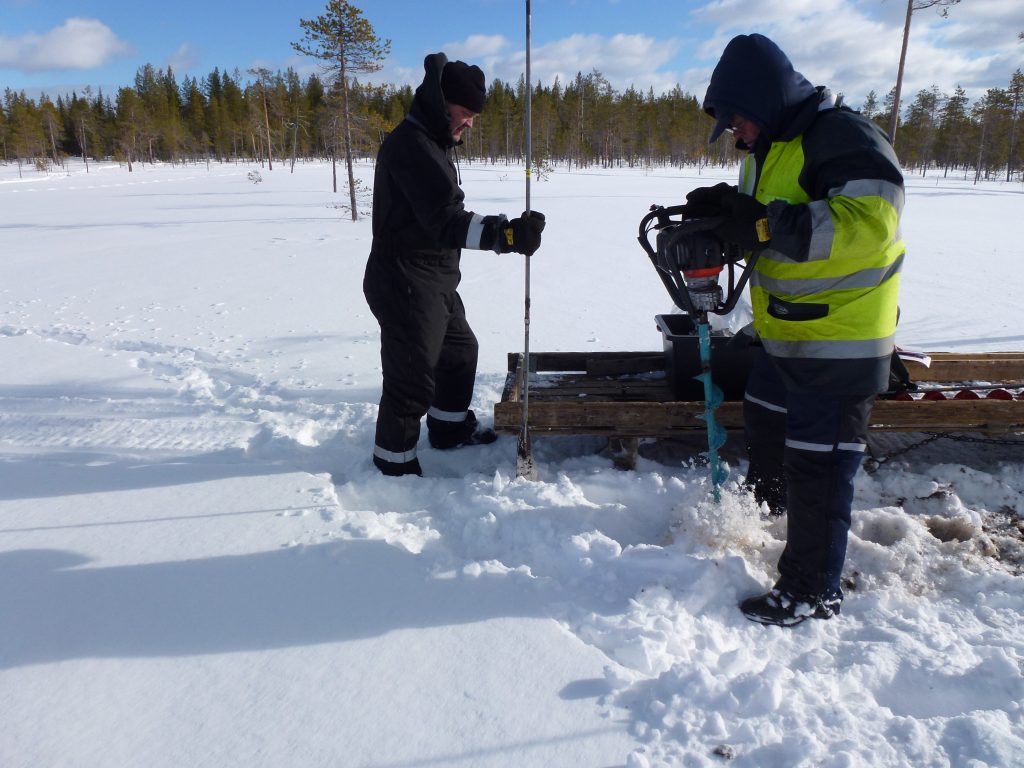

Radai
Radai Oy has developed an innovative survey method for mineral exploration. Surveys are performed cost effective by unmanned aerial vehicles – drones.
Tekes has been supporting Radai’s development since 2014.
Winter 2015 Radai operated a drone based magnetic surveys for Geological Survey of Finland in Rovaniemi area. During mission, arctic weather conditions and new survey method was tested. Flight mission was performed as B-VLOS operation.
